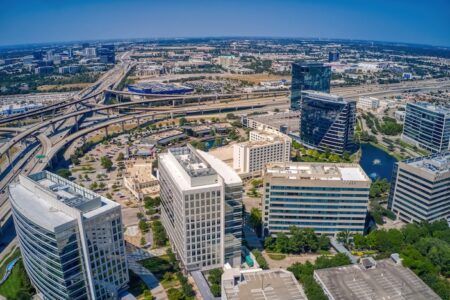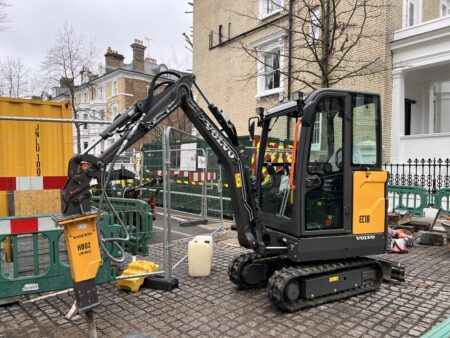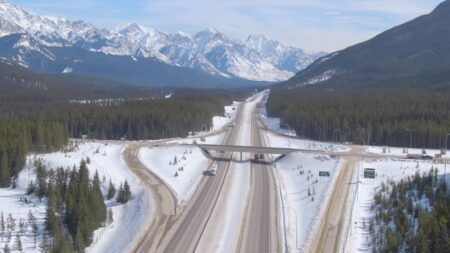A new ‘pollution predictor’ that is said to be 97% accurate has been announced. The artificial intelligence (AI) driven technology anticipates pollution based on a flow of captured vehicle and air quality data. The AI links to existing road management systems (traffic lights and digital displays) to divert and control vehicle movements.
For city authorities facing growing congestion and poor air quality the predictor, developed by Now Wireless, offers an alternative to outright vehicle bans, which impact on local economies and can involve creating extensive and expensive park-and-ride alternatives. It also means that action can be taken before pollution levels spike, potentially breaching international standards that trigger costly mitigation.
“This is a very exciting development in dealing with the linked problems of air quality and traffic in towns and cities,” says Brian Jackson, CEO of Now Wireless. “Research shows that journey time is often the most significant factor in pollution management. But before now there has not been a way to link pollution information to immediately solving the problem. This can now be done with our system.”
Vehicle emissions of particulates and nitrogen oxide (NO2) gas from exhaust fumes cause asthma and respiratory problems. One in 19 deaths in the largest towns and cities in the UK have been linked to exposure to toxic air, most of it from vehicles.*
The UK government has committed to improve air quality with a 2019 Clean Air Strategy to reduce pollution levels. In addition to health concerns, traffic jams cost the UK economy an estimated £6.9 billion a year, with commuters spending an average of 115 hours a year stuck in congestion.**
Current pollution monitoring relies on chemiluminescent analysing units, room-sized roadside devices that measure NO2 levels. These cost about £50,000 to buy and £250,000 over their five year life to maintain. They and have no traffic management capability.
The predictor system costs about one-tenth the price to buy and has almost no annual running costs. Local authorities must legally produce plans to reduce congestion if monitoring shows pollution levels at certain levels. This requirement, together with the costs of a typical roadside chemiluminescent unit has been a drag on effective monitoring.





